In our previous blog, we talked about what an org chart is and how to quickly create one online. Today, we’ll take it a step further and discuss something you may not be too familiar with – ‘enterprise-grade’ org charts. We will delve into which features make it ‘enterprise-grade’ and why an HR team needs one. But just to briefly recap, an org chart serves as a powerful HR tool that lets you visualise all of the structural information of your organisation, such as employees, their positions, who they report to, and even remuneration (REM) details. It connects directly to your database tables, making it a valuable Single Source of Truth (SSoT) resource to keep everyone up-to-date and in the loop.
Now that we’ve refreshed our understanding of org charts, let’s jump into this week’s blog and explore the incredible features that enterprise-grade org charts offer HR teams to enhance the smooth management of employees and positions.
What Is An Enterprise-Grade Org Chart?

Imagine you’re working in a large company trying to manage hundreds of employees. You know org charts can be helpful, but at this scale, you need something extra special. That’s where the advanced features offered by ‘enterprise-grade org charts‘ come in. With their multi-user capabilities, access control, highly scalable system architecture, and ability to cater to organisations with multiple entities, these org charts are designed for organisations looking to grow and expand. So, as it’s built to accommodate lots of users, these high-level features make sure that your org chart enables four main things:
- Seamless collaboration between HR, managers, and executives
- Caters to the unique needs of every organisation
- Smoothly accommodates growth
- Full control over specifying different levels of interaction with the platform
Now, let’s take a look at the features and how they facilitate these processes…
‘Enterprise-Grade’ Org Chart Features
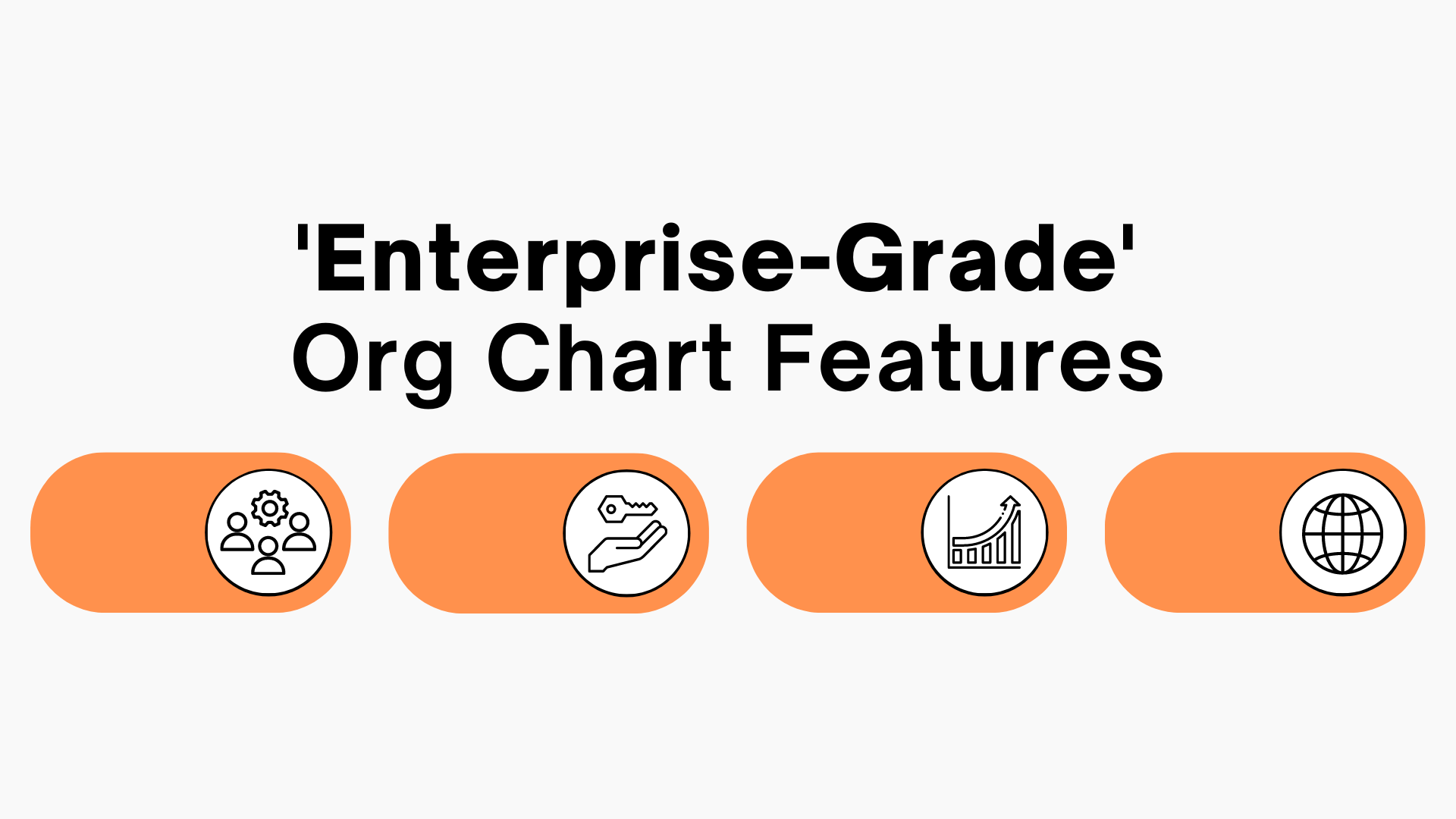
1 – Multi-User Capabilities & Collaboration
An enterprise-grade org chart software is great for facilitating quick and easy collaboration among key stakeholders in your organisation. No more waiting on one person to update your org chart by uploading documents, editing employee details, or making changes to position information. With enterprise-grade org charts, multiple users can work on the platform simultaneously without worrying about stepping on each other’s toes.
Let’s take a look at an example. Most of the time, the need to recruit comes from department leads, managers, and executives. So, when it’s time to create job postings, imagine the convenience of having an org chart where managers and executives can seamlessly contribute, instead of going back and forth with the HR team via emails. Managers and executives can simply access the org chart and upload/enter essential details, such as job descriptions and position requirements. With enterprise-grade org charts, this collaborative process becomes effortless, ensuring that all users on the platform are in sync and on the same page at all times. Embrace a streamlined approach to collaboration with an org chart that keeps everyone connected and involved.
2 – Multi-Entity & Multi-Country Capabilities
An enterprise-grade org chart software is like having a smart system that knows exactly what you need and brings it up for you without any hassle. With multi-entity and multi-country capabilities, it’s designed to meet the unique requirements of an HR team servicing multiple entities at the same time, regardless of whether they operate within the same country or globally. As each entity has different branding, messaging, and content needs, the platform allows you to customise your assets by building and tagging them to be specifically designed for each entity. These might include job ad templates, compliance requirements, recruitment processes, and onboarding packs. The format is entirely up to you.
But here is where you’ll really be amazed. When it comes to initiating processes like recruiting or onboarding from your org chart, the platform will draw on the assets you’ve customised, automatically recognise which entity you’re working with, and retrieve the relevant materials needed to assist managers for that specific entity.
For illustration purposes, let’s say you’re working as an HR professional for a healthcare organisation that manages not only a clinic, but also a subsidiary that sells healthcare products such as wheelchairs and hospital beds. When hiring for these different entities, it’s important that the job ads and compliance processes are in line with each of their specific requirements. For example, while the retail shop may not require employees to have healthcare certifications, the clinic does. So, in using an enterprise-grade HR software when recruiting, the platform should be able to automatically recognise which entity you are working with and attach the right steps to it. From bringing up your customised forms with compliance checks to having these forms aligned with its unique branding, efficiently managing multiple-entities becomes clear and easy.
Say goodbye to the days of hunting for the right resources and wasting time on irrelevant materials. An enterprise-grade org chart software understands your needs and effortlessly brings up the right forms for you, with all the relevant information already pre-populated. With this feature, you can feel confident that your HR tasks will be executed with efficiency and accuracy.
3 – Scalability
When it comes to org charts, scalability is extremely important. That is why it’s essential to have an enterprise-grade org chart that can seamlessly accommodate a growing number of employees without losing out on its functionality. As your company expands and evolves, your org chart should be able to scale alongside it, ensuring a smooth and uninterrupted experience. Imagine dealing with an org chart that takes hours to load and gets extremely slow when you’re trying to add 10 more employees to it. It’s a big time-waster, and ultimately, unusable. So, as opposed to conventional org charts, using an enterprise-grade org chart will let you have as many users and hold as many employees/positions as you want, regardless of how big your organisation is. With this type of high-level software, you can confidently capture the growth of your organisation while maintaining the durability and effectiveness of your org chart.
4 – Customisable Access Control For Various Users
Another key feature of an ‘enterprise-grade’ org chart that goes hand-in-hand with the multi-user abilities is access control. This feature lets you grant specific permissions to employees directly from the platform, giving them the ability to edit, make changes, upload, or download details from the org chart. You have complete control over the level of access you want to provide, whether it’s as an admin, recruiter, hiring manager, or any other custom role you define in your account settings. Take the Martian Logic org chart for example. Within this platform, you can customise manager and executive roles so they can conveniently access details for only the employees under their specific reporting lines. With this level of control, you can confidently manage who can see and do what with your org chart, ensuring data privacy while fostering collaboration among the right employees.
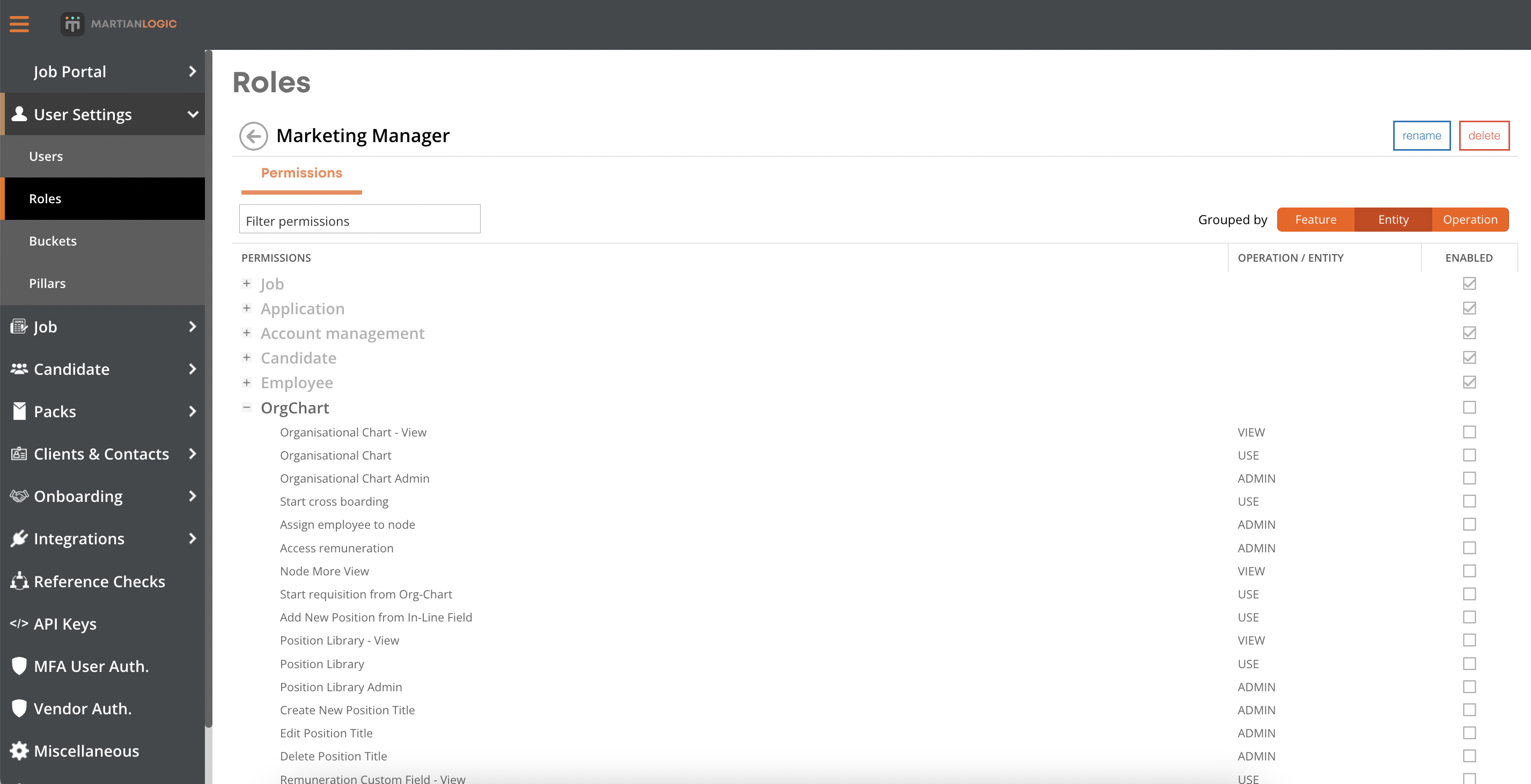
Why Do HR Teams Need an Enterprise-Grade Org Chart?
As stated throughout this blog, enterprise-grade org charts are great for facilitating easy collaboration, streamlining admin tasks, catering to the unique needs of your organisation, and ultimately helping to make better HR decisions for large organisations. If you work for a smaller organisation, you may not feel the need to invest in an enterprise-grade org chart. But in the case that your organisation wants to increase manpower or expand your business down the road, it’ll definitely be a worthwhile investment.
Due to its highly scalable nature, customisable features, ability to accommodate multiple users, and ability to cater to organisations with multiple entities, you will be set-up for the smooth management of your employees and positions.
So, beyond having just a static diagram of employees and reporting lines, it’s time to invest in enterprise-grade features that will take your org chart to the next level!
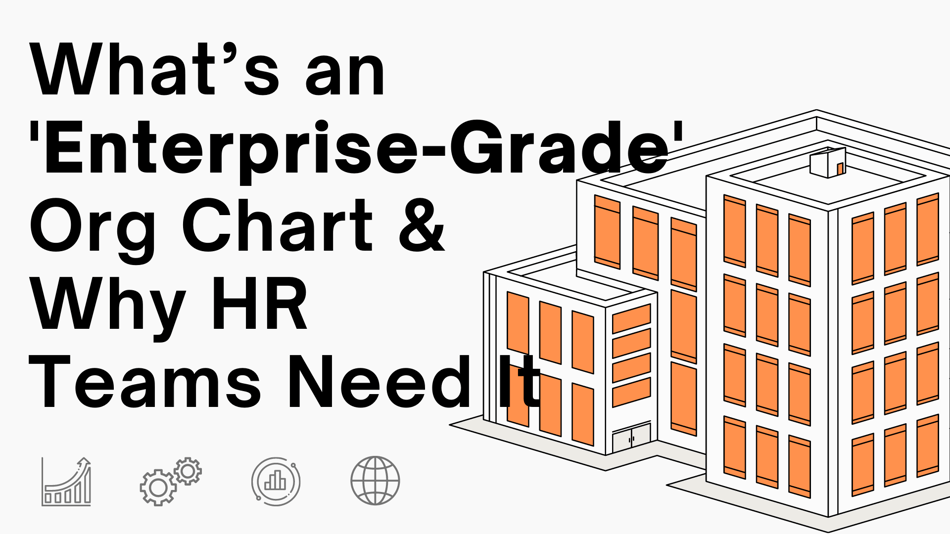
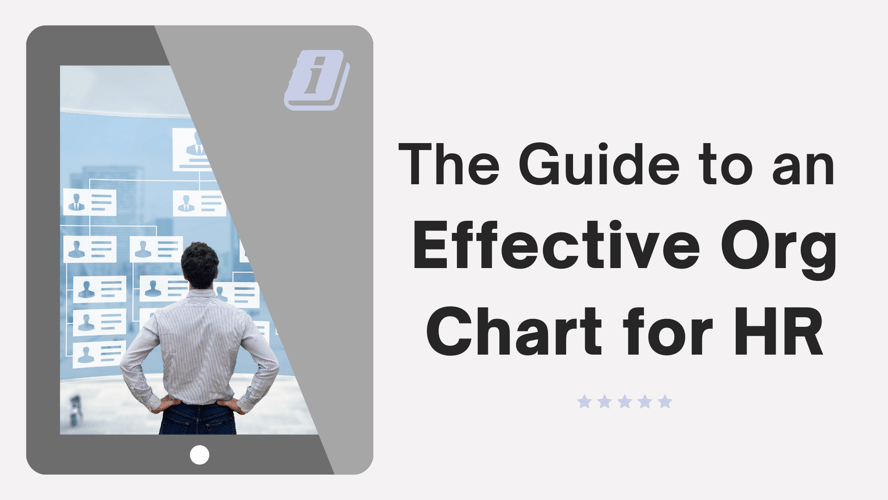

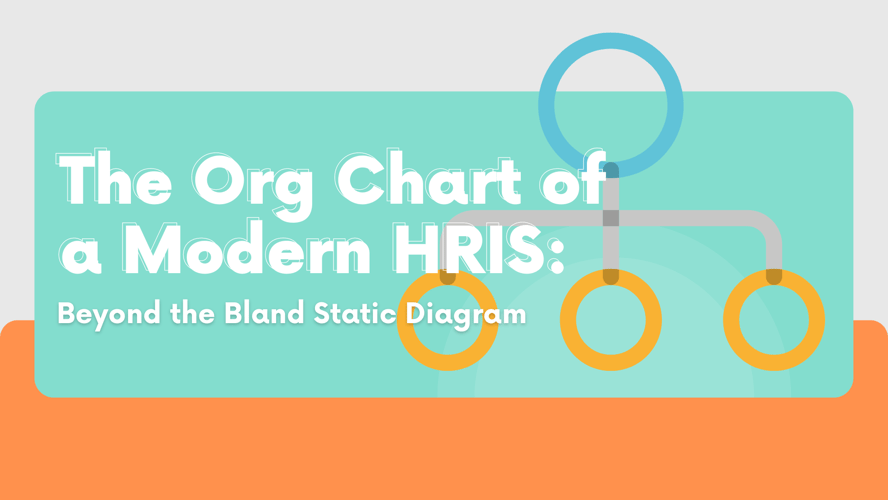

Blog comments